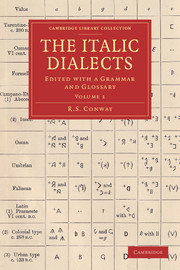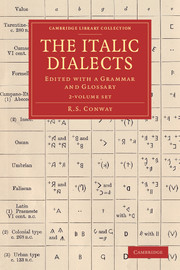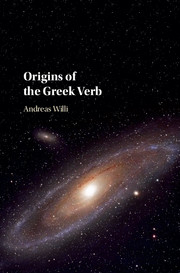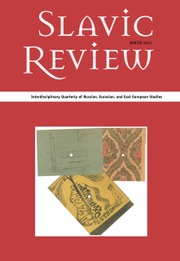Absolute Constructions in Early Indo-European
In the past, discussions of absolute constructions (ACs) have been limited by an imprecise understanding of what ACs are. By examining the nature and function of ACs and related constructions in Greek, Latin and Sanskrit, this new study arrives at a clear and simple definition of ACs. Focussing on the earliest attested material in each language, it highlights how AC usage differs between languages and offers explanations for these differences. Identifying the common core shared by all ACs, it suggests a starting-point and way by which they developed into Greek, Latin and Sanskrit. Further historical study reveals how ACs have been conceived of by grammarians, philologists and even Christian missionaries over the last two thousand years and how enduring misconceptions still affect our discussion of them today. All Sanskrit material is annotated in detail, making it accessible for classicists in particular and allowing a better understanding of ACs in Greek and Latin.
- Provides, for the first time, a clear and simple definition of absolute constructions, which will facilitate future discussions on the topic
- Accompanies the material concerning Sanskrit absolute constructions with detailed annotations, making it accessible to those without knowledge of the language
- Offers a fascinating historical perspective, which debunks enduring misconceptions plaguing scholarly discussion of absolute constructions, even today
Reviews & endorsements
'… a useful study of the absolute constructions in Greek, Latin and Sanskrit … It will be of help for the further study of these and similar constructions.' Bryn Mawr Classical Review
Product details
October 2012Hardback
9780521767620
269 pages
223 × 145 × 19 mm
0.46kg
Available
Table of Contents
- 1. The AC so far
- 2. Early Greek
- 3. Early Latin
- 4. The Sanskrit locative absolute and its syntactic surroundings
- 5. Proto-Indo-European roots of ACs.








